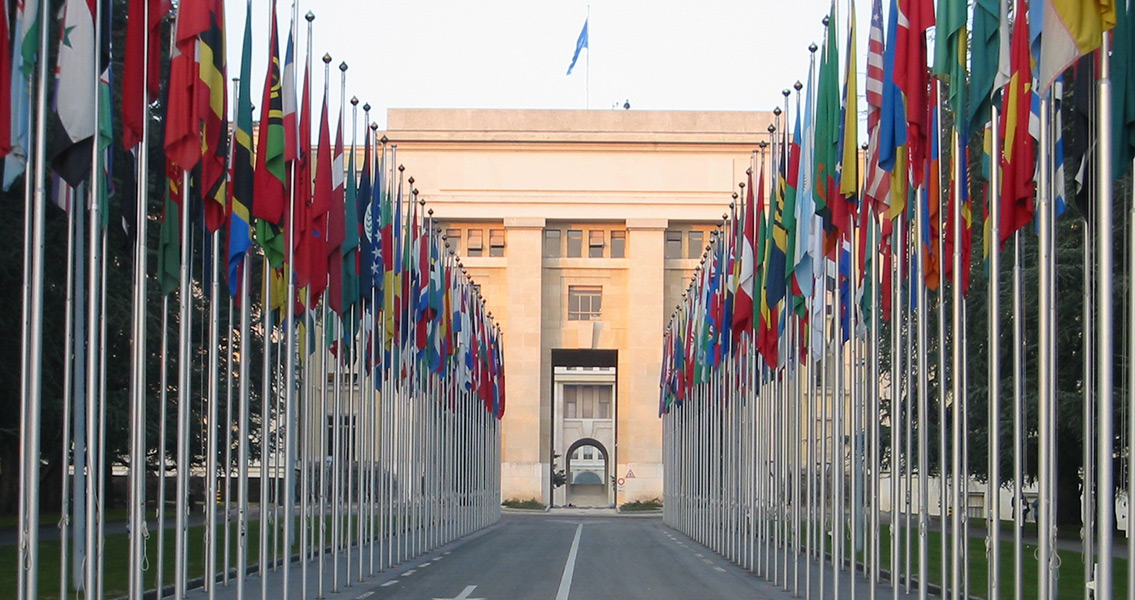<
Why Are So Many Flags Red, White and Blue? (Part One)
